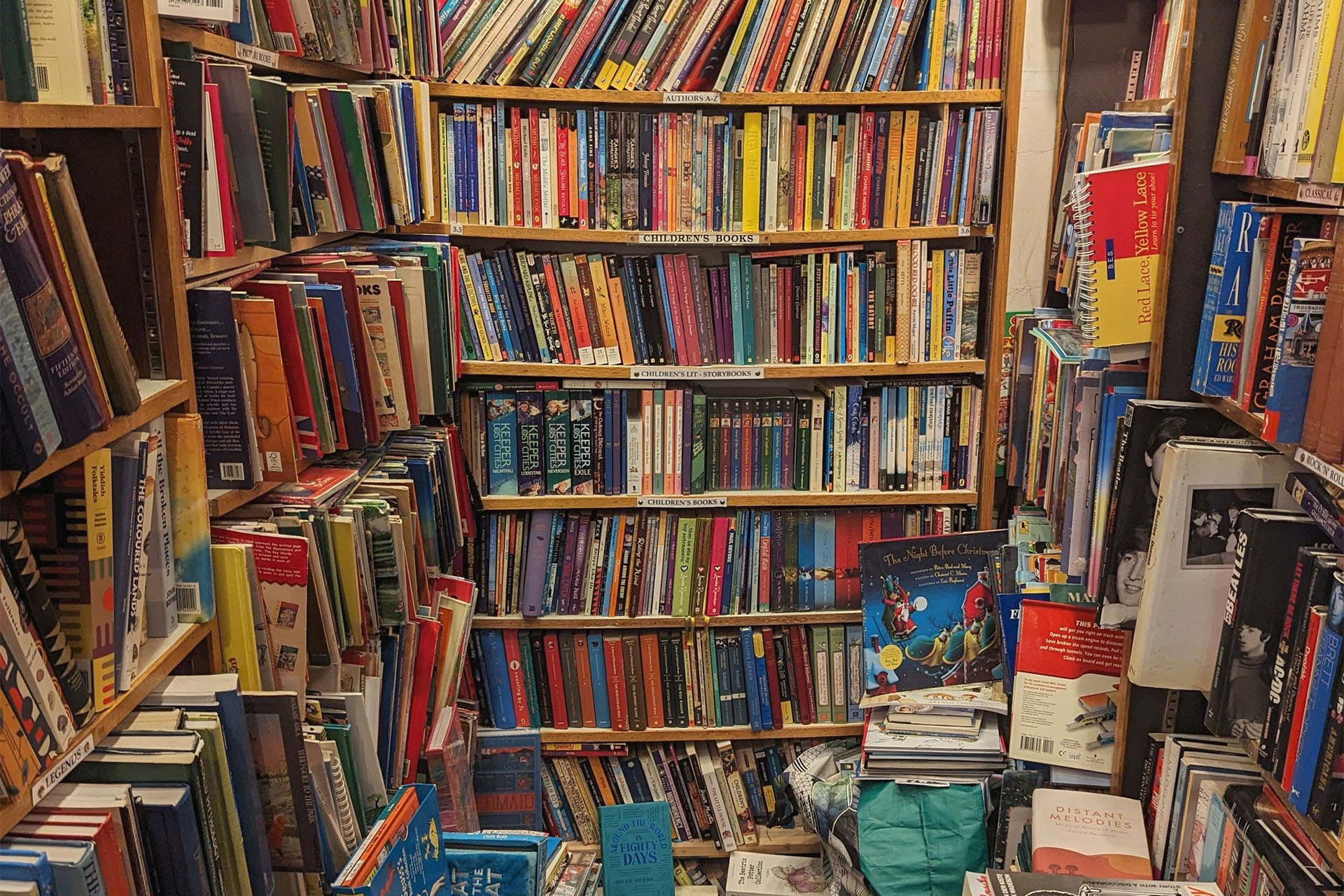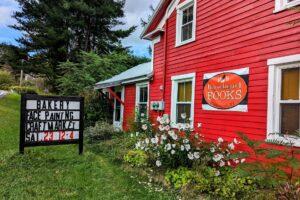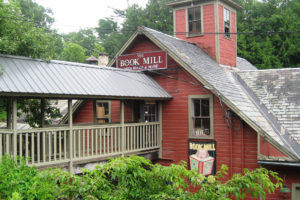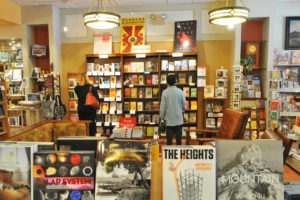The breeze off the river Seine blew through the open hotel window; Paris draped in gray clouds tempting rain on an autumn afternoon. The people below rode bikes through traffic, strolled the quays beneath Notre Dame in its exoskeleton of construction scaffolding, and on this side of the river, directly across from the famed cathedral, they stood in line at a small storefront world famous in its own right. Not too large a bookshop in truth, but a major reason why I’d flown thousands of miles and a full ocean to be in the city of lights.
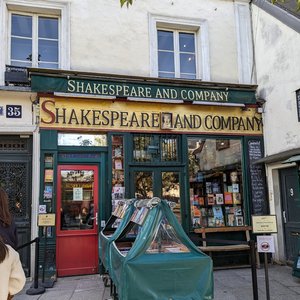 The wide sidewalk in front of Shakespeare and Co. bustled like a scene from a film, as if Ethan Hawke and Julie Delpy might stroll out its doors at any moment. From my hotel window perch, I decided to wait a day or so before chancing a visit. I wanted to settle into the maze of cafes and restaurants, the tiny movie theaters and jazz clubs catering to tourists (mostly) and locals alike. I wanted to buy a pastry across from the Odeon. I wanted to climb the café-laden hills of Montmartre. I wanted to acclimate. But when the time finally came and I stood in line waiting for the door to open and a staffer to wave me in, I made such a foolish, tourist-typical blunder. I began photographing EVERYTHING.
The wide sidewalk in front of Shakespeare and Co. bustled like a scene from a film, as if Ethan Hawke and Julie Delpy might stroll out its doors at any moment. From my hotel window perch, I decided to wait a day or so before chancing a visit. I wanted to settle into the maze of cafes and restaurants, the tiny movie theaters and jazz clubs catering to tourists (mostly) and locals alike. I wanted to buy a pastry across from the Odeon. I wanted to climb the café-laden hills of Montmartre. I wanted to acclimate. But when the time finally came and I stood in line waiting for the door to open and a staffer to wave me in, I made such a foolish, tourist-typical blunder. I began photographing EVERYTHING.
And why wouldn’t I want to? This is where Anais Nin, Henry Miller, Jack Kerouac, Zadie Smith, James Baldwin, and so many others wrote, read, napped, laughed, gossiped, borrowed, and networked. The shop is stunning, steeped in history, with photographs and art paying homage to all the famous writers who have read there and lined the walls with their work. Skylights overhead make each room bright and spacious, and the books are huddled onto a variety of shelves—wide and square, tall and narrow, short and wedged in wherever they fit.
Upstairs are the reading rooms and the library, full of books in protective sheeting that you are allowed to read on site as you sit on one of the couches and chairs. Some patrons quietly did so during my entire visit, calmly reading, glancing around, basking in the peaceful respite. I sat among them, solemn and meditative, trying to imagine what it felt to sit there during a salon reading comprised of so many literary heroes.
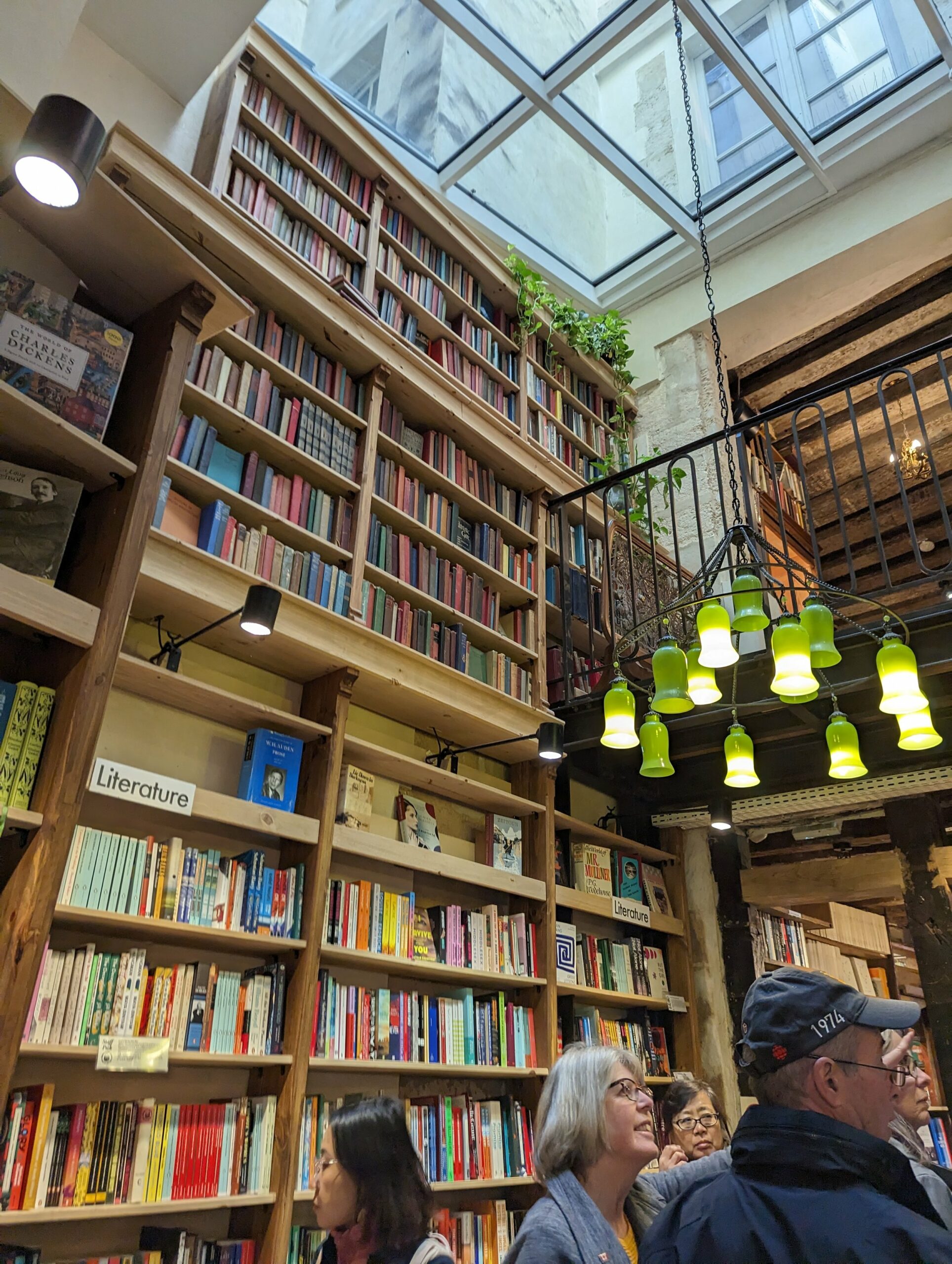
There are countless details that makes the shop unique, from the photos and ancient beds to the grate in the floor in one of the front rooms where you can see American coins and bills slipped through and left as a tribute. I like to imagine the staff pry it up at the end of each week to buy themselves a bottle of wine. Why not? It would be in keeping with the spirit of the shop and the authors who haunt its shelves. It’s a true book-lover’s experience. Buy books, rub shoulders, bask in the hype, but also revere the artistry that once was, and still is, living on the shelves.
And of course, only at the very end of my visit, starstruck as I was, did I see the signs asking visitors to please not take photos. The staff haven’t given consent, and that should be reason enough. I felt the red heat of embarrassment paint my face, but no one scolded or made a scene. But keep it in mind when you visit. We’re all so used to seeing everything in real life pop up online that we too infrequently question, “Does it need to be? Does this person want to be in the background of everyone’s Instagram or Twitter post?” (Yes, I refuse to succumb to a single obnoxious letter, even for an app I never used.)
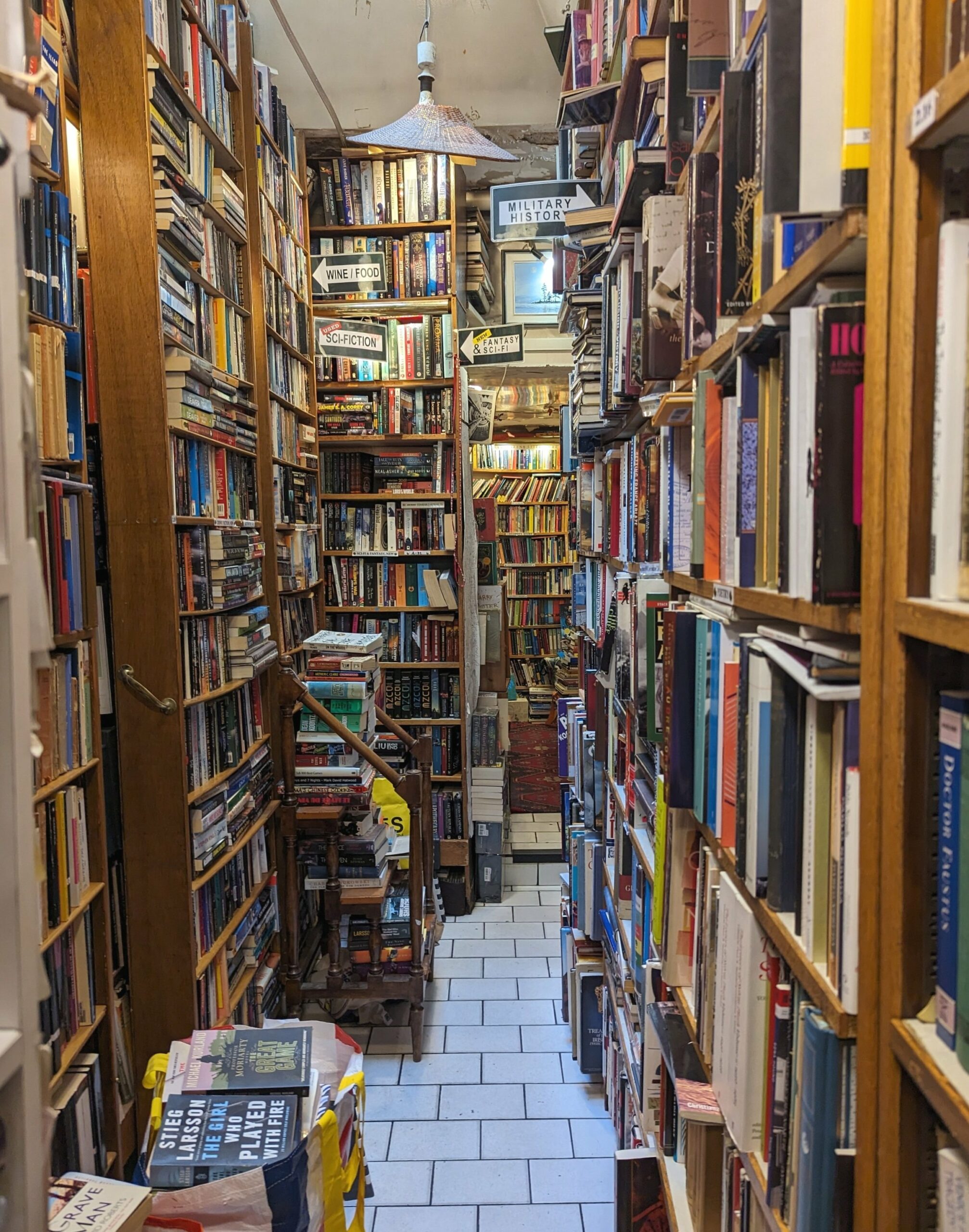
The other shop that struck my curiosity did not appear to have such requests, but left little room for snapshots or cinematography. The Abbey Bookshop, a few short blocks away and tucked neatly into a side street (Street? “Alley” might be generous!), is a two-floor shop that offered a bit less in international prestige but lacked in absolutely nothing else. In fact, I enjoyed browsing here just as much, if not a bit more, falling in love with the hoarders-paradise vibe of the shop, gloriously stuffed with books in every crevasse. They piled in corners and on the narrow stairs down into the stone-walled basement where you’d be wise to remain somewhat stooped as you shuffle from nook to nook. And the discounts were abundant. Rarer gems were priced accordingly, but newer English-language but European editions of bestselling paperbacks found their way into my pile, along with a few used classics.
My advice when visiting? Keep working your way through the little shop, back into the tighter and narrower rooms, the books spilling onto the floors all around you, a pool of literary treasures to wade through. I love this kind of browsing, where you have almost no idea what you’re getting into and you’re waiting for a gem to fall into your lap. Inch along, turn around in place, breathe in the old pages and ancient editions, the new ink and crisp paperbacks.
Alas, these were my only Parisian bookshops on this trip, but the dual “famous bucket-list bookstore” and “the shop you never knew you needed in your life” bookends made this a perfect getaway, highly recommended for any browsing bookworm who finds themselves overseas. Should you find yourself strolling the quays near Notre Dame, rain or shine, don’t miss out on these gems.
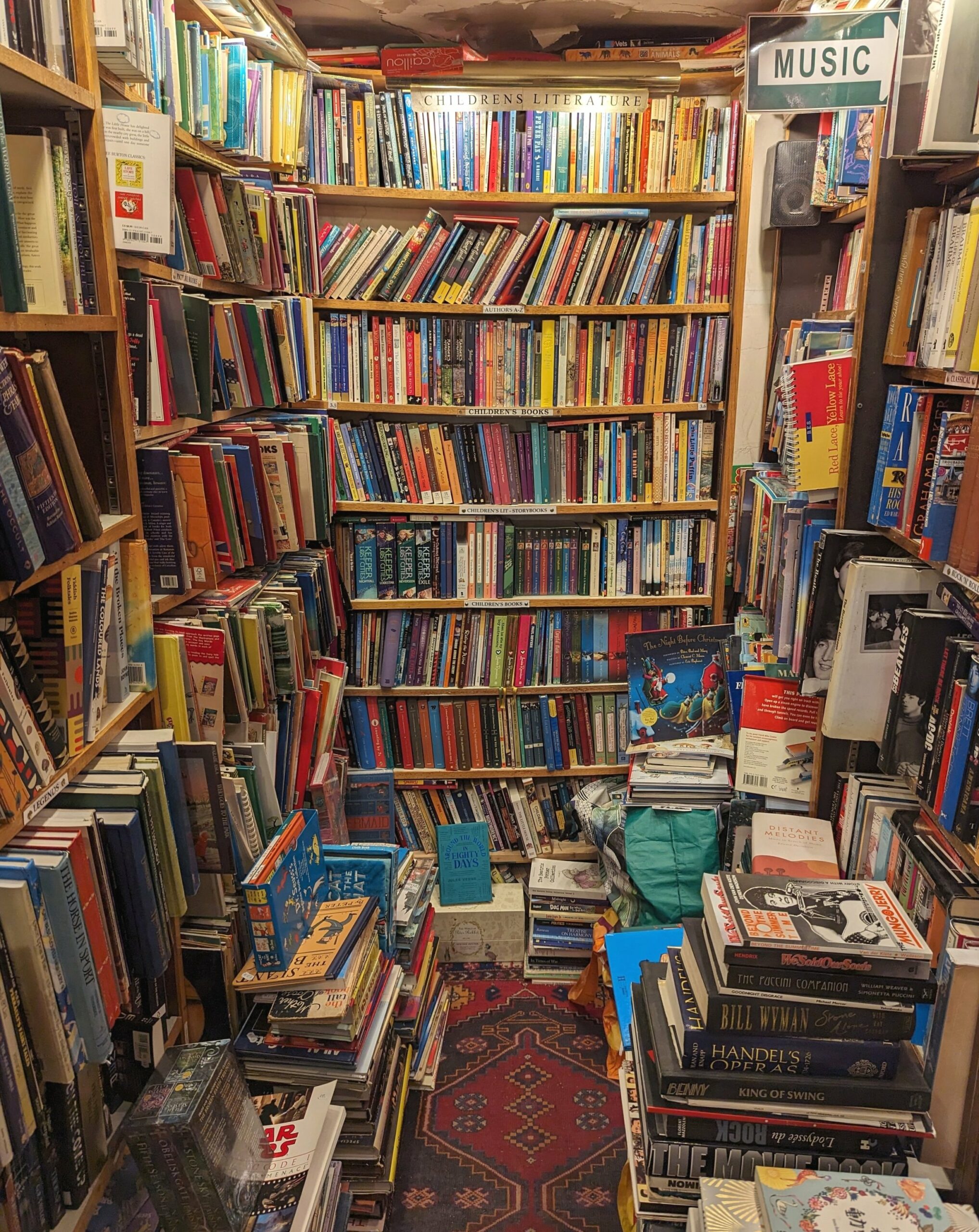
James H Duncan is the editor of Hobo Camp Review and the author of We Are All Terminal But This Exit Is Mine, Nassau, Both Ways Home, and other books of poetry and fiction. He currently resides in upstate New York but travels as often as he can to visit and review indie bookstores around the world. For more, visit www.jameshduncan.com.

